Scientists have high hopes for a tiny glass tube robot in improving the capabilities and safety of robots used in non-invasive microsurgeries.
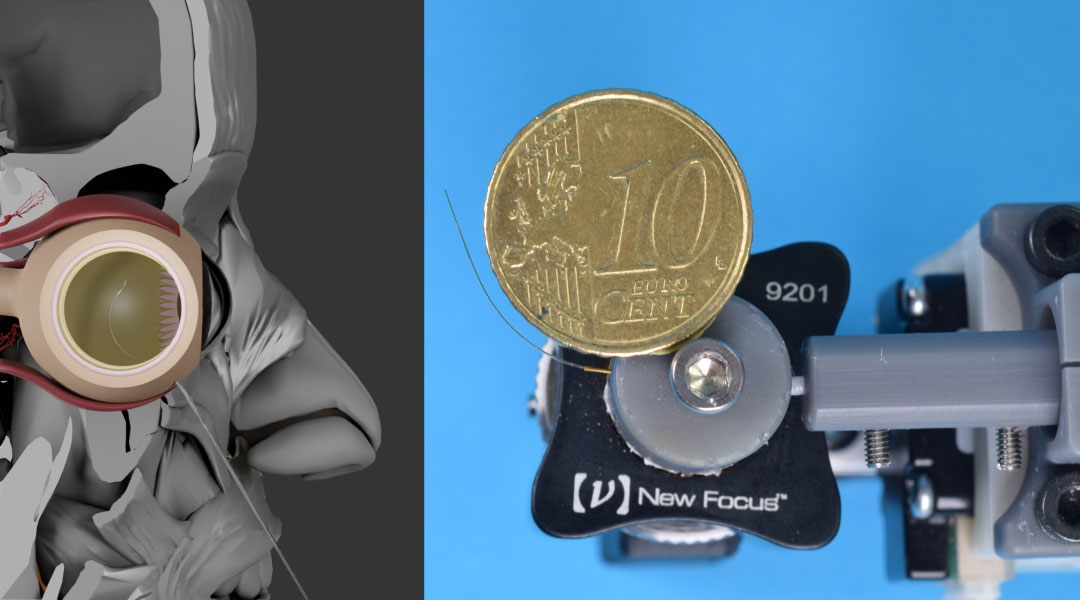


Scientists have high hopes for a tiny glass tube robot in improving the capabilities and safety of robots used in non-invasive microsurgeries.
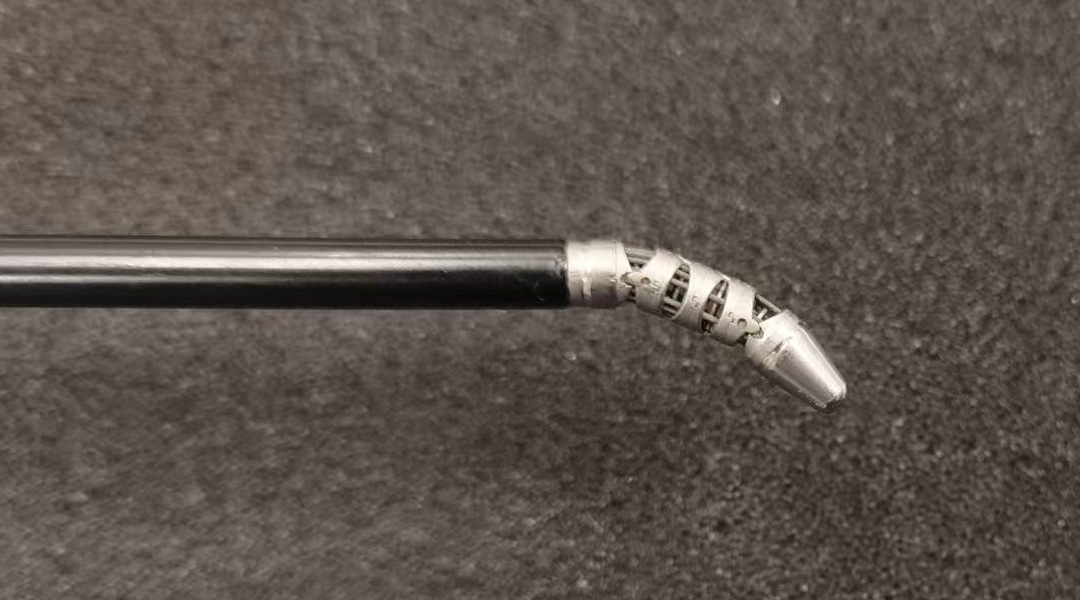
Researchers use machine learning techniques to decrease the workload of surgeons.
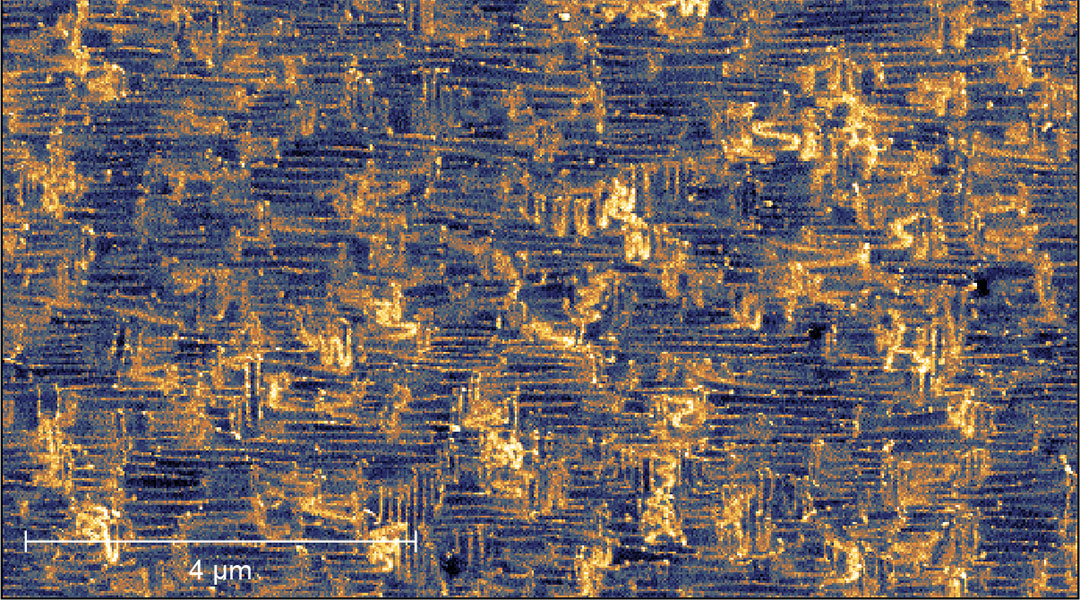
Artificial neural networks made from domain walls mimic synapses and neurons in the brain for neuromorphic computers.
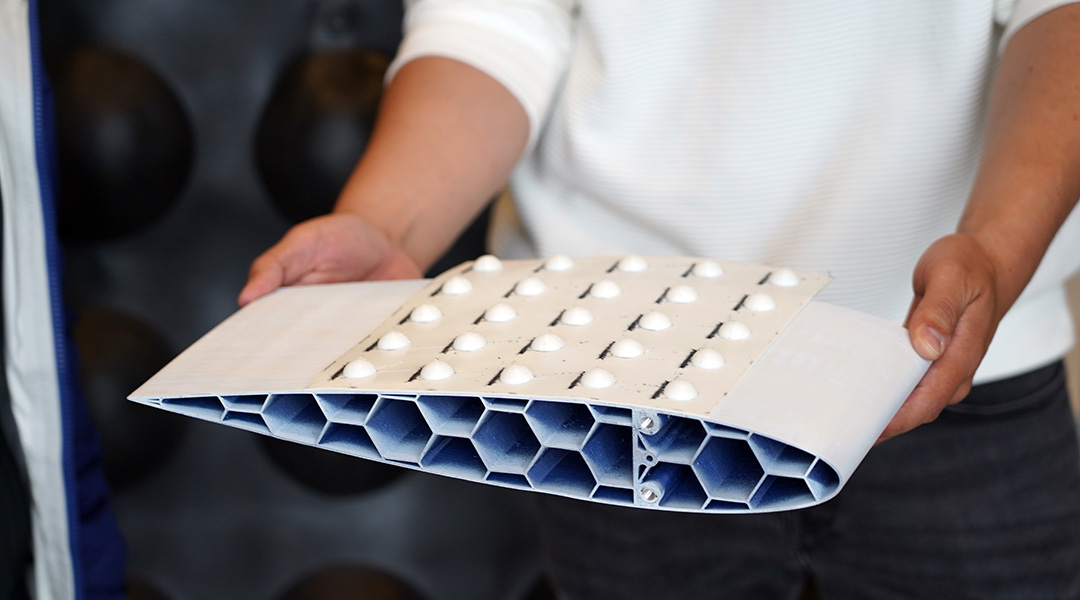
Borrowing its shape from a disposable to-go cup lid, this new drone wing adapts to its surroundings all on its own.
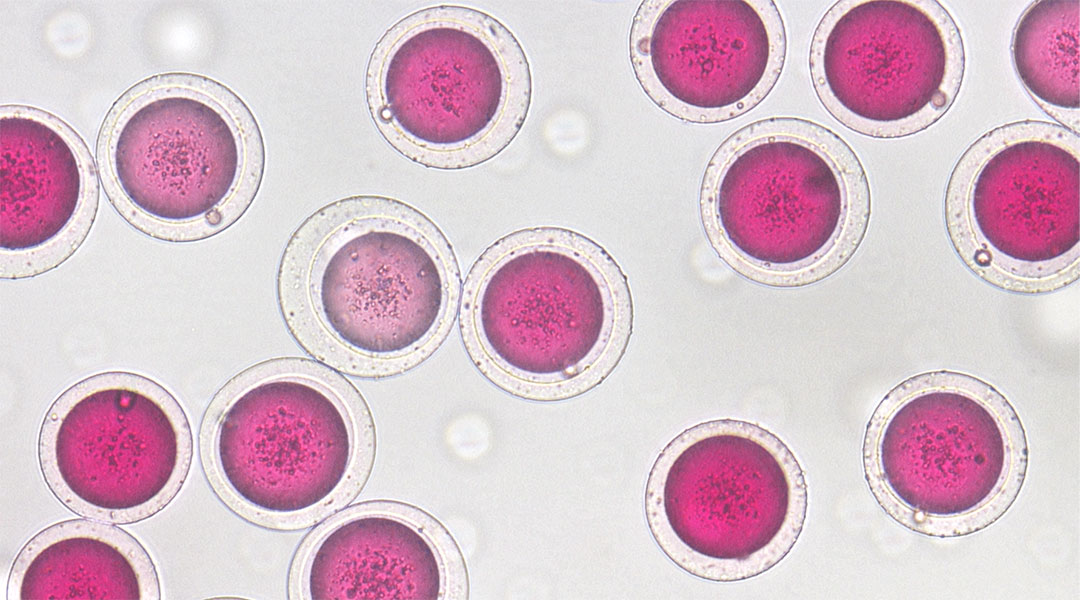
Check out atomic glimpses of graphene ribbons, double bubble microspheres, and a solar evaporator made from bone.

A three-unit soft actuator brings together ease of fabrication and state-of-the-art design to overcome challenges in robotics.

Sensors developed to respond to jaw movement can be connected wirelessly to different devices for hands-free control.
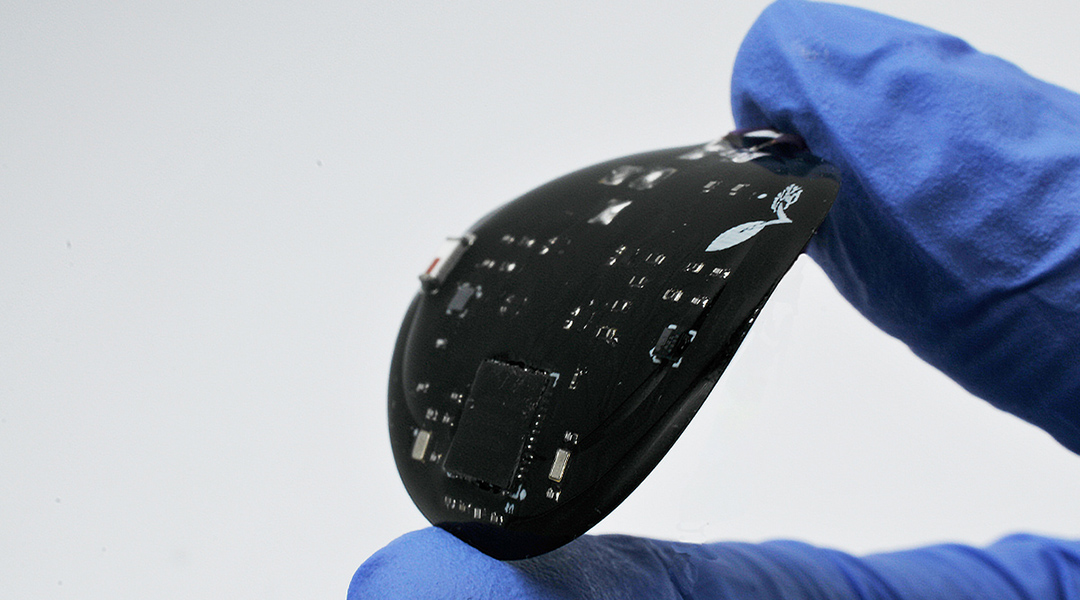
A team led by Wubin Bai developed a novel wearable sensor patch that provides a safe, real-time, less invasive and low-cost way to track a patient’s recovery.

Insights gained from the hard landings of tree-climbing geckos leads to better and controlled perching in robotic aerial vehicles.
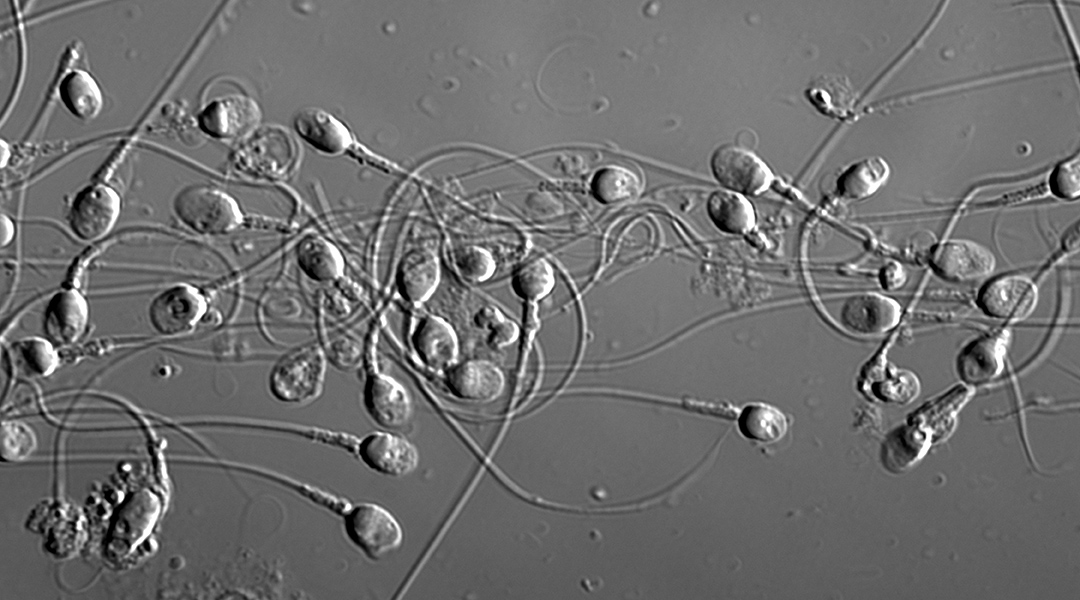
To help improve the success rates of fertility treatments, scientists are turning to AI to help standardize the sperm selection process.